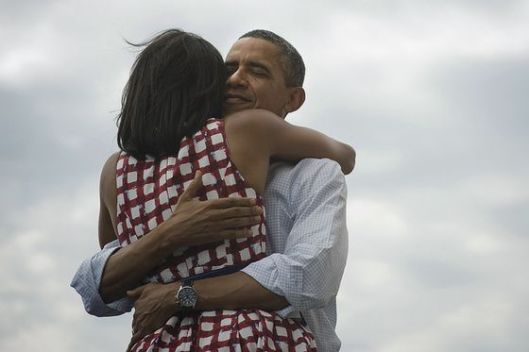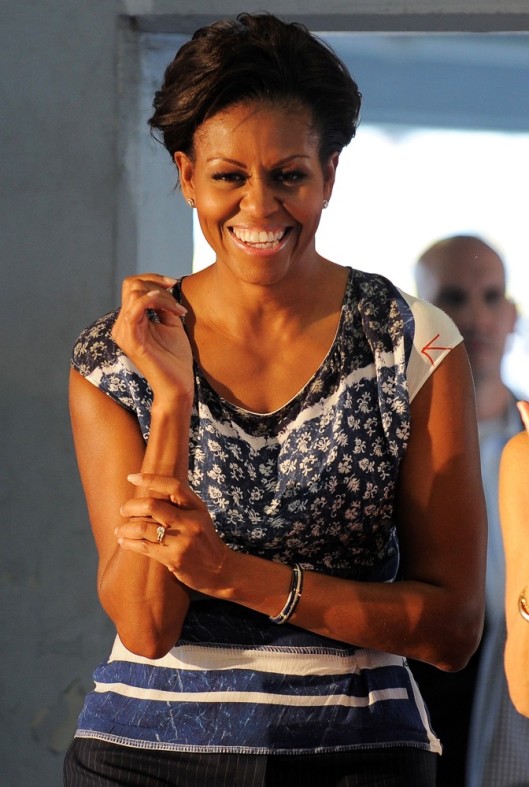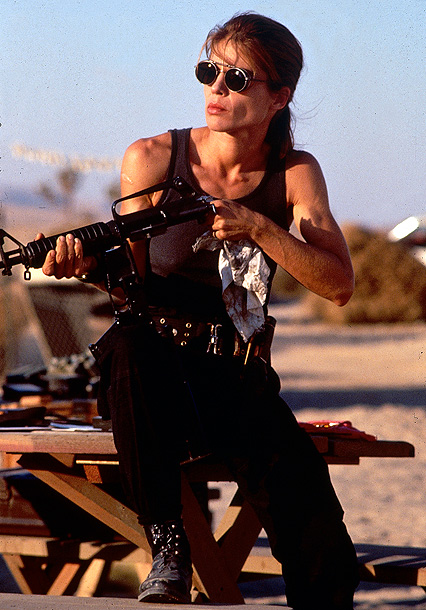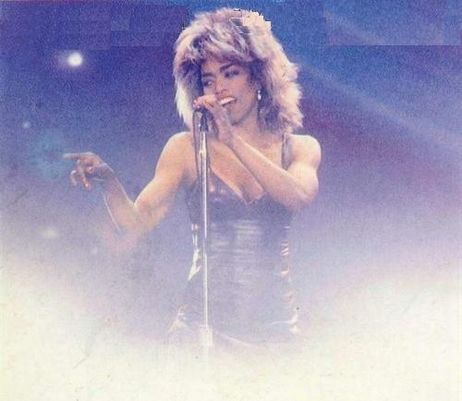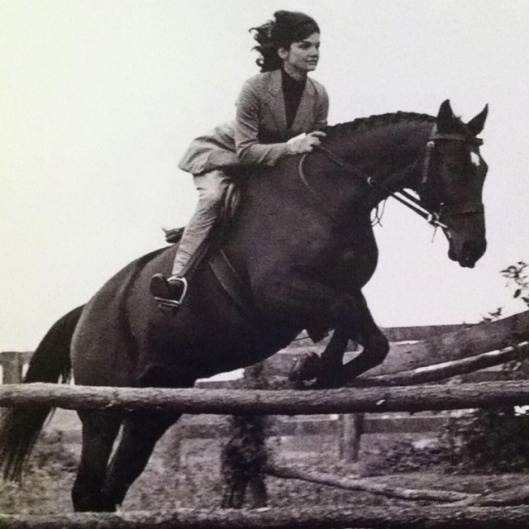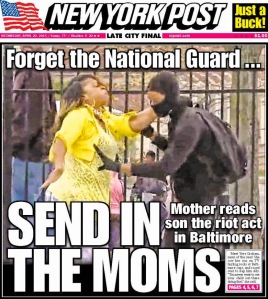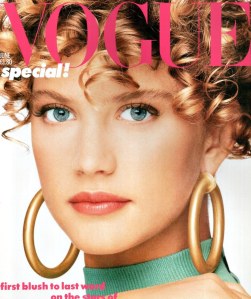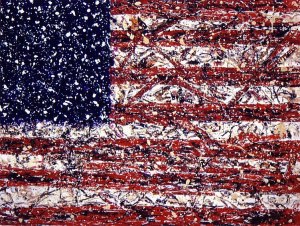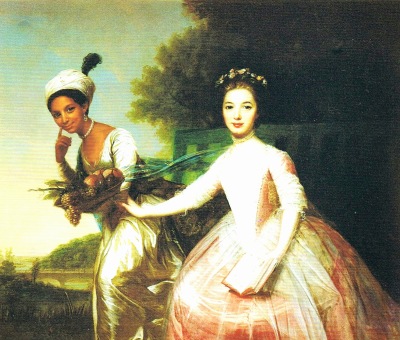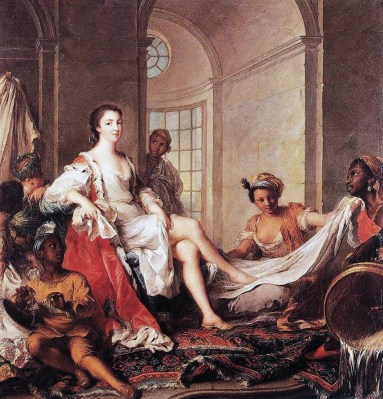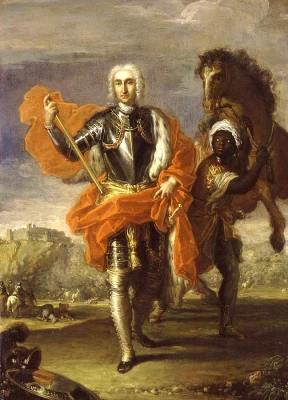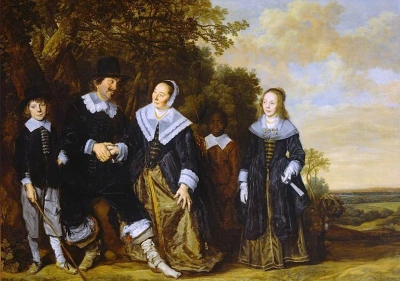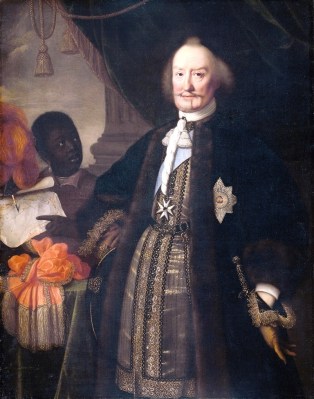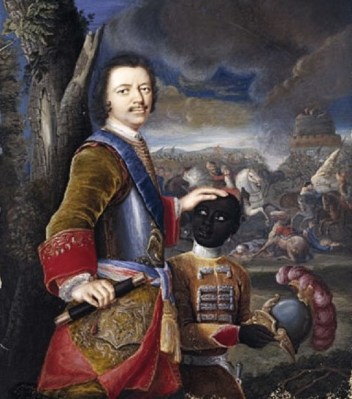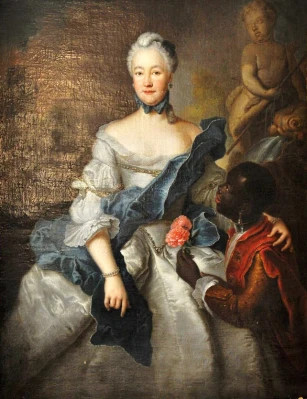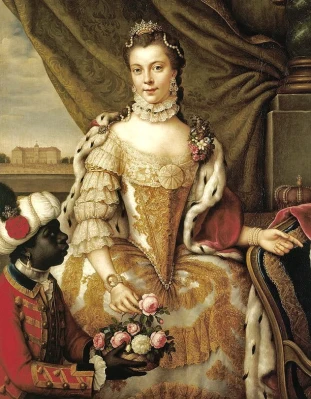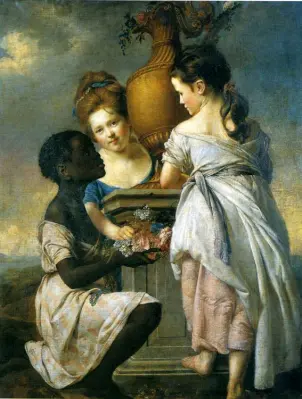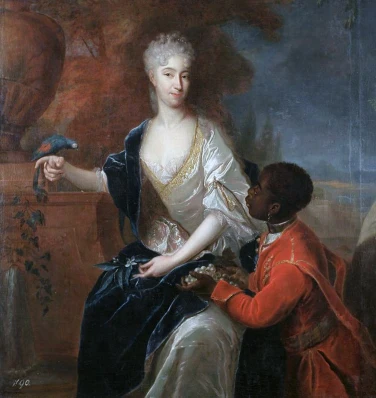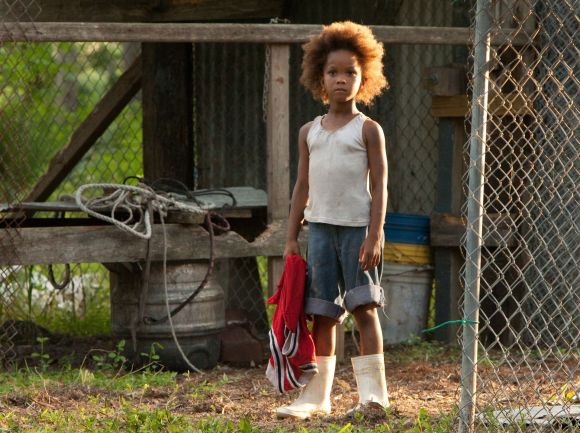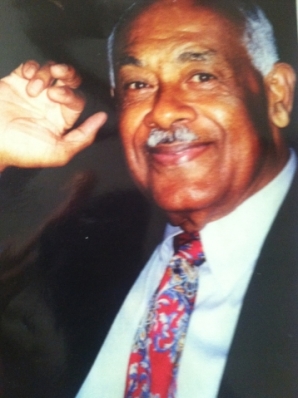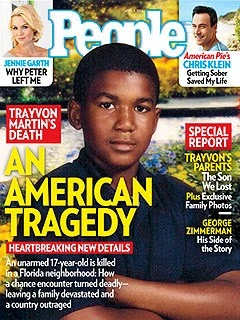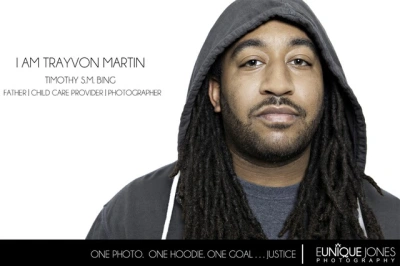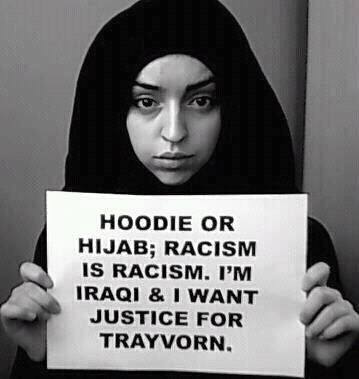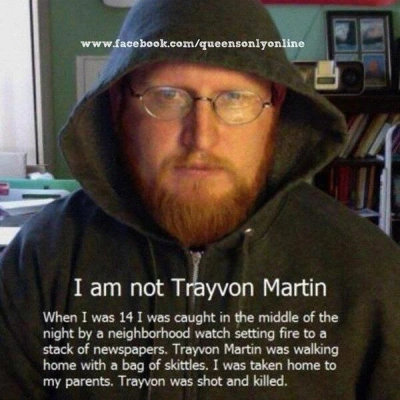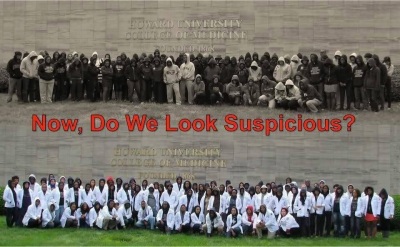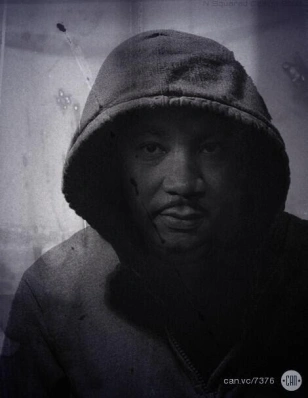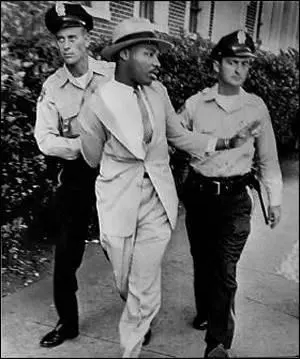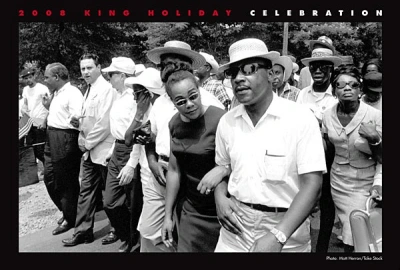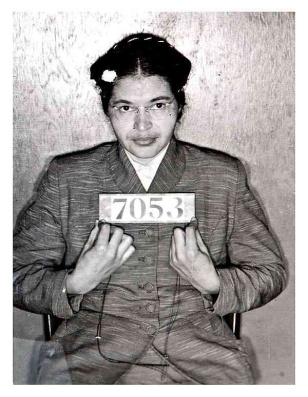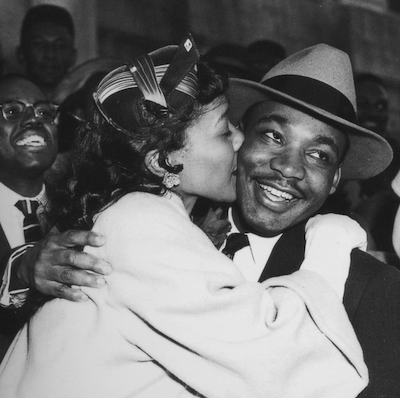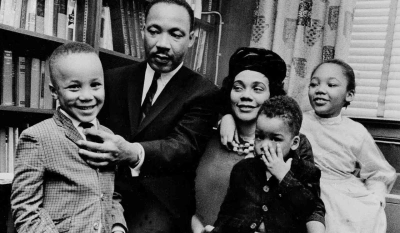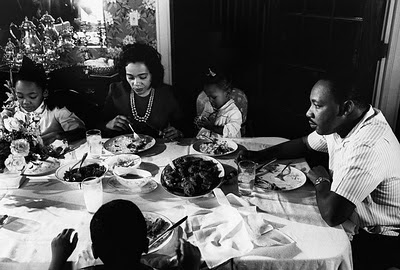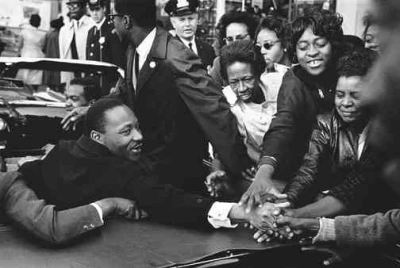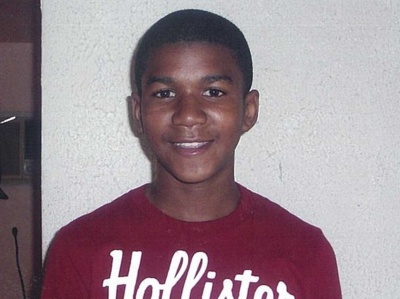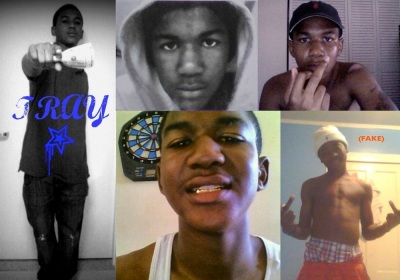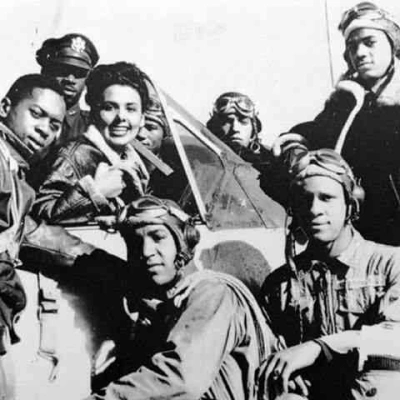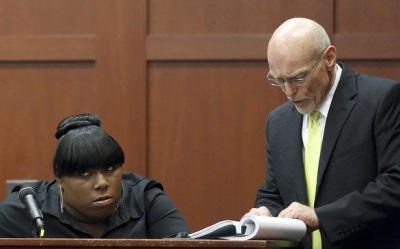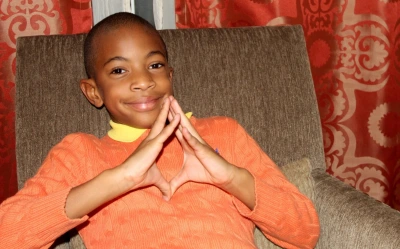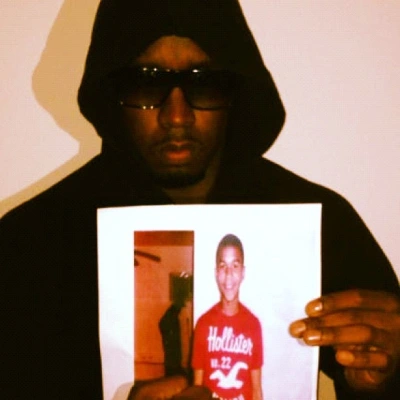As Donald Trump’s popularity was on the ascent last summer, the only thing I found more horrifying than his unabashed ignorance, inelegance and xenophobia was mass media’s complicity in helping to spread his gospel.

Why, I wondered, had the mainstream press granted The Donald a platform and a megaphone? Was this quintessentially ugly American really to be taken seriously as a potential statesman who might represent the United States at home and abroad? What was the thinking behind increasing the oxygen supply to a man whose facility for civil discourse and nuanced thinking was honed on a reality TV show? And why were news directors so eager to mortgage their reputations, credibility and brands on the rantings of a carnival barker when there was so much at stake for the electorate?
A chance meeting with my friend Manolo* provided an opportunity to get the skinny.
A high-ranking network news executive, Manolo is privy to morning meetings where veteran producers, editors and programmers decide what is newsworthy and how much time to devote to each story. He, more than anyone I knew, could explain how Trump had become the press’ pet of 2015.
“Manolo,” I began, when our paths crossed over drinks at a mutual friend’s home a few months ago, “give it to me straight. When your network gives Donald Trump disproportionate air time to work his magic, is it because you feel compelled to do so as custodians of a public trust? Or is it all about the ratings?”
A devilish smile tugged at the corners of Manolo’s mouth as he raised his eyebrows almost imperceptibly and replied, “Gail, Donald Trump is the gift that keeps on giving.”
I give Manolo the nod for honesty and self-awareness, which is more than I can say for other members of the press.
http://www.nytimes.com/2015/12/10/opinion/the-trump-effect-and-how-it-spreads.html
Last week, the New York Times’ editorial board published an essay decrying the damage being done by the leading Republican candidate for president. Recalling the national shame of the internment of Japanese-Americans during World War II, and comparing it to the darkness many Muslims feel descending around them as a result of Trump’s anti-immigration rhetoric today, the Times’ editors claimed that the Republican party should have renounced Trump’s views back when he entered the race, “calling Mexico an exporter of criminals and rapists.”
But what of the Times itself, and its responsibility to readers? Why no mention of the well-documented role media played in fanning the flames of anti-Semitism during the rise of the Nazi party in Europe in the 1930s and ’40s? Did no one recognize any parallels between the Times’ devoting so much bandwidth to Trump’s hate-filled speech over the past six months and the Rwandan media campaign that incited ethnic Hutus to kill Tutsis in 1994? Likewise, how could the board overlook the seeds of Dylann Roof’s radicalization (a word rarely, if ever, applied to men who look like Roof and Trump in Western media) after a google search led him to the website of the Council of Conservative Citizens and resulted in his gunning down 10 people– nine of whom died– at a church in Charleston, South Carolina?
I don’t conflate Trump’s declaring his candidacy for president on June 16th with Roof’s attempt to start a race war one day later.
I am, however, waiting for someone charged with upholding the First Amendment to acknowledge and apologize for the kind of short-term greed that might yield internet clicks and enhanced ad revenues… but ultimately winds up being the gift that keeps on taking.
*Manolo is an alias chosen to conceal the executive’s identity (and acknowledge their unerring taste in designer footwear).


